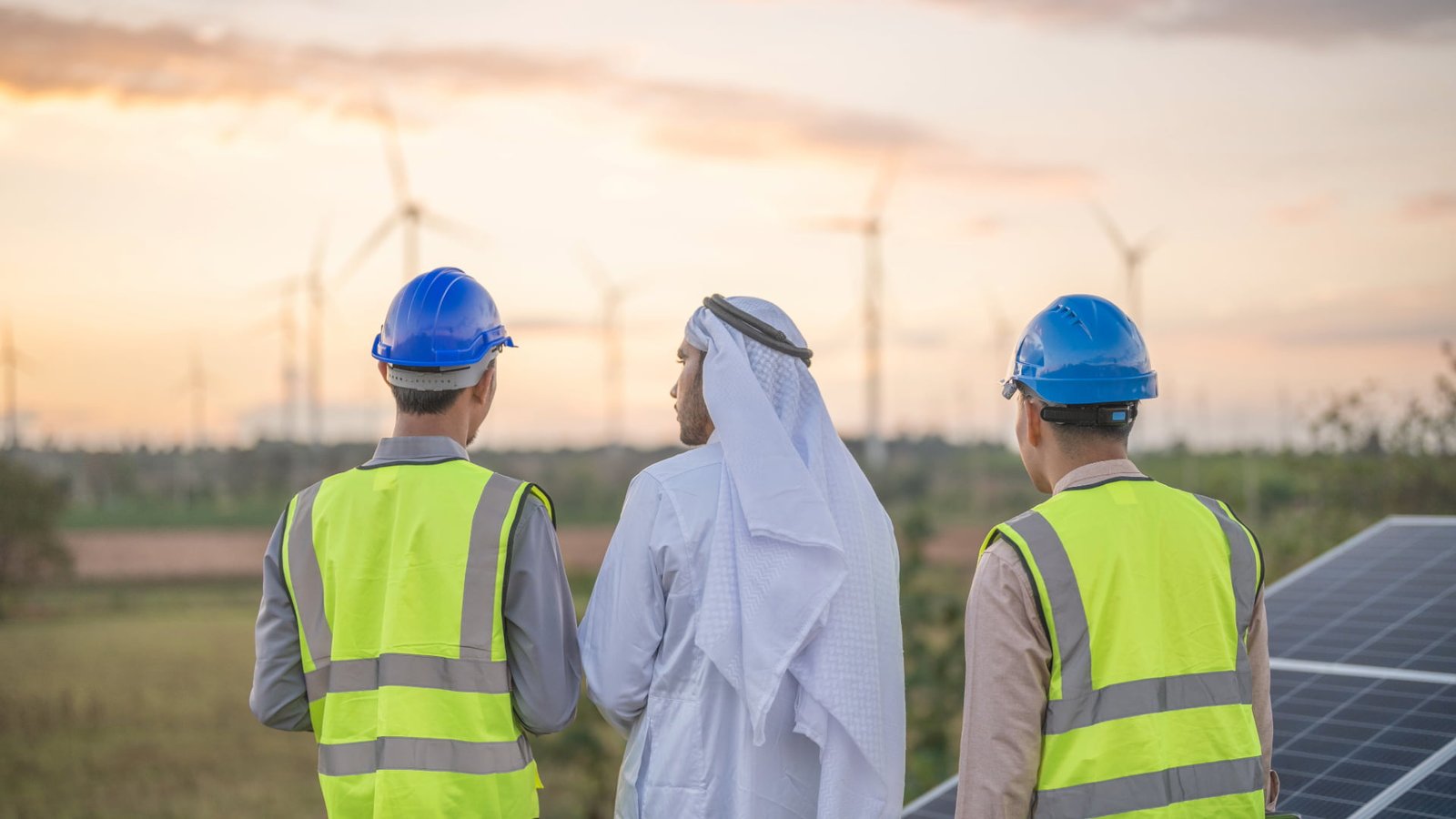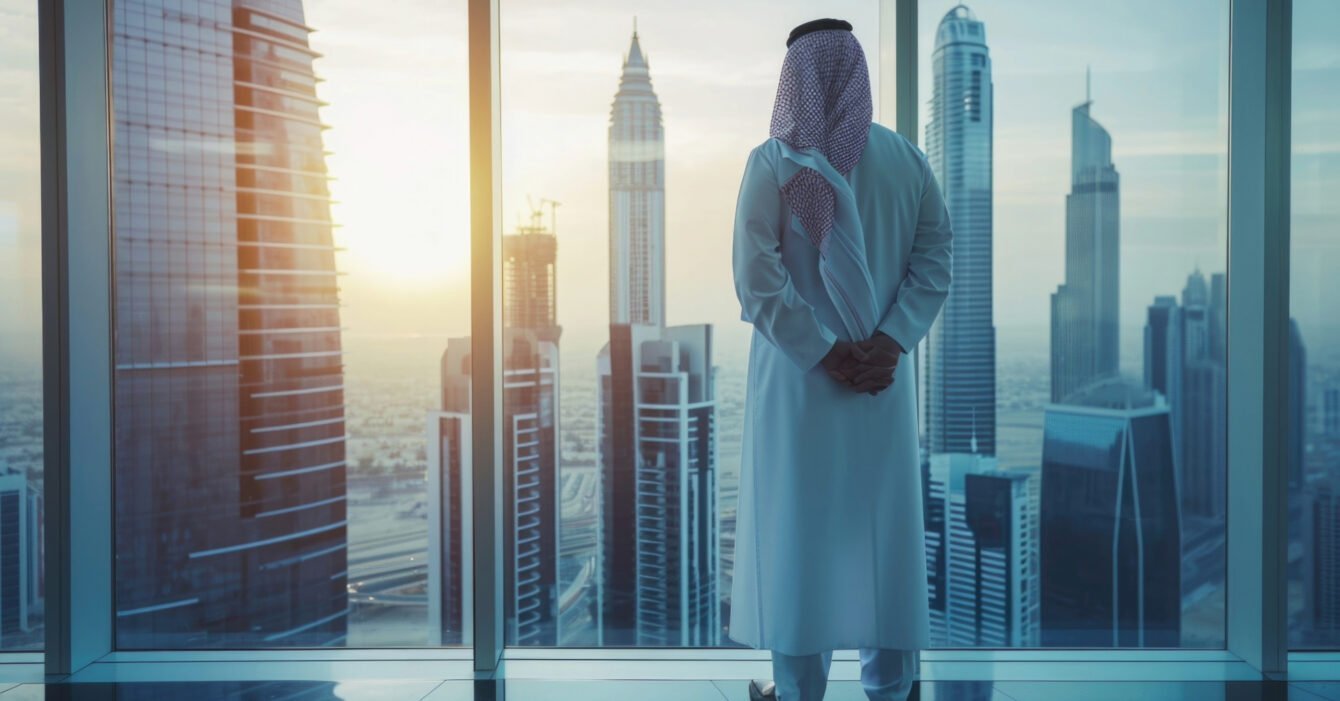Future Trends in Solar Energy Adoption in the GCC
The Gulf Cooperation Council (GCC) countries are increasingly recognizing the importance of solar energy as a cornerstone for sustainable development. With their vast desert landscapes and abundant sunshine, these nations are uniquely positioned to become global leaders in solar energy adoption. As the world moves towards greener energy solutions, the GCC countries are at the forefront of this transformation. This article explores the Future Solar Energy Trends in the GCC, highlighting the key drivers and innovations that are shaping the future of solar energy in the region.
Advancements in Solar Technology
One of the most significant Future Solar Energy Trends in the GCC is the rapid advancement in solar technology. Innovations in photovoltaic (PV) cells are making solar panels more efficient and cost-effective. High-efficiency solar cells, bifacial panels that capture sunlight from both sides, and solar tracking systems that follow the sun’s trajectory are some of the technological advancements driving this trend. These innovations are enabling GCC countries to maximize their solar energy output, making solar power an increasingly viable and attractive option for both residential and commercial use.
Government Policies and Initiatives
The Gulf Cooperation Council’s (GCC) adoption of solar energy is largely dependent on government policies and initiatives. Countries like Saudi Arabia, the United Arab Emirates (UAE), and Oman have set ambitious renewable energy targets as part of their national development plans. For instance, Saudi Arabia’s Vision 2030 includes significant investments in renewable energy infrastructure, aiming to diversify its energy mix and reduce reliance on oil. In December, the Saudi government set a new target of 130 GW of renewable capacity by 2030, with a significant portion expected to come from solar power. The UAE’s Energy Strategy 2050 aims to increase the contribution of clean energy in the total energy mix to 50% by 2050. These policies provide a clear roadmap for solar energy adoption and create a conducive environment for investment in renewable energy projects.

Rise of Utility-Scale Solar Projects
The increase in utility-scale solar projects is another noteworthy trend. The GCC is seeing the development of large solar farms, which will greatly increase the region’s solar capacity. Projects like the Mohammed bin Rashid Al Maktoum Solar Park in Dubai, which aims to generate 5 GW by 2030, and Saudi Arabia’s Sakaka Solar Power Plant, which set new benchmarks in the solar industry, are prime examples. These mega-projects are not only enhancing the region’s energy security but also driving down the cost of solar power, making it more competitive with traditional energy sources.
Integration of Solar Energy with Smart Grids
The integration of solar energy with smart grids is another important trend. Smart grids use digital technology to manage and optimize the distribution of electricity, allowing for better integration of renewable energy sources like solar power. In the GCC, smart grid initiatives are being implemented to enhance the efficiency and reliability of the electricity network. This integration enables better management of energy demand and supply, reduces transmission losses, and ensures a more stable and resilient energy system.
Growth of Distributed Solar Power
Distributed solar power, where solar panels are installed on rooftops and small-scale installations, is also gaining traction in the GCC. This trend is driven by decreasing solar panel costs, supportive government policies, and increasing awareness of the benefits of renewable energy. Distributed solar power allows homeowners and businesses to generate their own electricity, reducing their reliance on the grid and lowering energy costs. In countries like the UAE, net metering policies are encouraging the adoption of rooftop solar installations by allowing consumers to sell excess power back to the grid.
Investment in Energy Storage Solutions
Energy storage solutions are critical for the widespread adoption of solar energy, as they address the issue of intermittency. The GCC countries are investing heavily in advanced battery technologies and other energy storage systems to store excess solar power generated during the day for use at night. This investment is crucial for ensuring a reliable and continuous supply of renewable energy. The integration of energy storage technologies with solar power systems is expected to increase in scope and affordability, thereby propelling the regional adoption of solar energy.
Public Awareness and Education Campaigns
The adoption of solar energy in the GCC is being greatly aided by public awareness and education initiatives. Governments and organizations are investing in initiatives to educate the public about the benefits of solar energy and how they can contribute to a sustainable future. These campaigns are helping to change perceptions and increase the acceptance of renewable energy technologies among the general population.
Conclusion
The future of solar energy adoption in the GCC looks promising, with technological advancements, supportive government policies, and increasing investment driving the growth of the sector. As the region continues to embrace renewable energy, the Future Solar Energy Trends indicate a shift towards more efficient, integrated, and distributed solar power systems. These trends not only contribute to the sustainability goals of the GCC countries but also position the region as a global leader in solar energy innovation.

